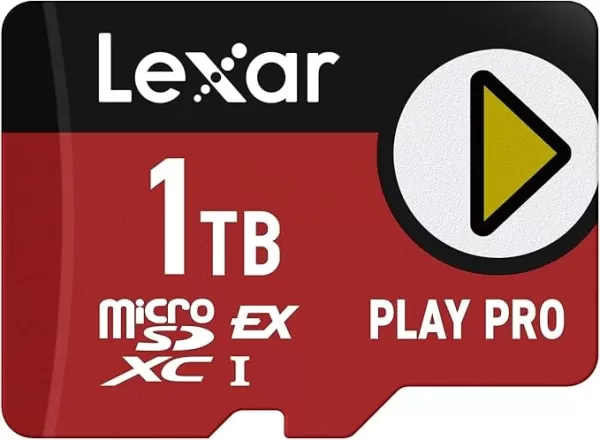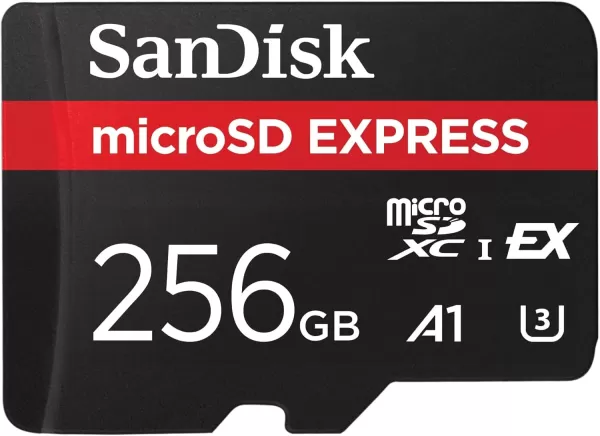
Nintendo's recent Switch 2 announcement revealed that the console will exclusively support MicroSD Express cards for storage expansion. While this might frustrate gamers with existing MicroSD collections, there's solid technical reasoning behind this decision - speed is absolutely critical for next-gen gaming performance.
The Speed Difference That Matters
The evolution of MicroSD technology tells an interesting story. From humble beginnings with just 12.5MB/s transfer rates, we've seen consistent improvements through various standards like SD High Speed (25MB/s) up to UHS-III (312MB/s). But the game-changer arrived five years ago with SD Express, bringing PCIe 3.1 interfaces to memory cards - the same technology that powers blazing-fast NVMe SSDs.
While full-size SD Express cards can achieve staggering 3,940MB/s speeds, the MicroSD Express variant still delivers impressive performance at up to 985MB/s. That's triple the speed of the fastest traditional MicroSD cards, making this more than just a minor upgrade - it's a generational leap in storage technology.
Why Nintendo Made This Choice
While Nintendo hasn't officially explained their rationale, several compelling reasons emerge:
First, matching the Switch 2's internal UFS (Universal Flash Storage) performance ensures consistent loading speeds whether games are installed internally or externally. Early demos already show dramatic improvements - from 35% faster fast-travel times to tripled initial load speeds. These gains come from multiple hardware upgrades, including the new storage system.
Second, future-proofing for upcoming games matters. As titles grow more demanding, storage bottlenecks could become problematic. MicroSD Express provides headroom for more complex games without compromising performance. Looking ahead, the technology still has untapped potential - current MicroSD Express cards don't even approach the full SD 8.0 specification limits of nearly 4GB/s.
Current Market Reality
Right now, options are limited but expanding. Lexar offers capacities from 256GB to 1TB ($199 for the top model), while SanDisk currently caps at 256GB. Expect more manufacturers like Samsung to join the market as Switch 2 adoption grows. The initial selection might seem sparse, but remember how quickly storage options evolved for the original Switch?
For gamers planning their Switch 2 purchase, this storage requirement adds an important consideration. Those accustomed to swapping cards between devices might need to adjust their approach. But the payoff in consistent, high-speed performance could be worth the investment, especially for players who prioritize fast loading times and smooth gameplay experiences.
Lexar Play Pro MicroSD Express

Available in 256GB, 512GB and 1TB configurations
SanDisk MicroSD Express 256GB

Currently the most accessible option




























